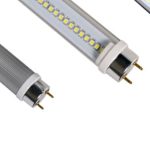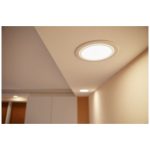LED Light Wattage Explained: How Many Watts Does an LED Light Use?
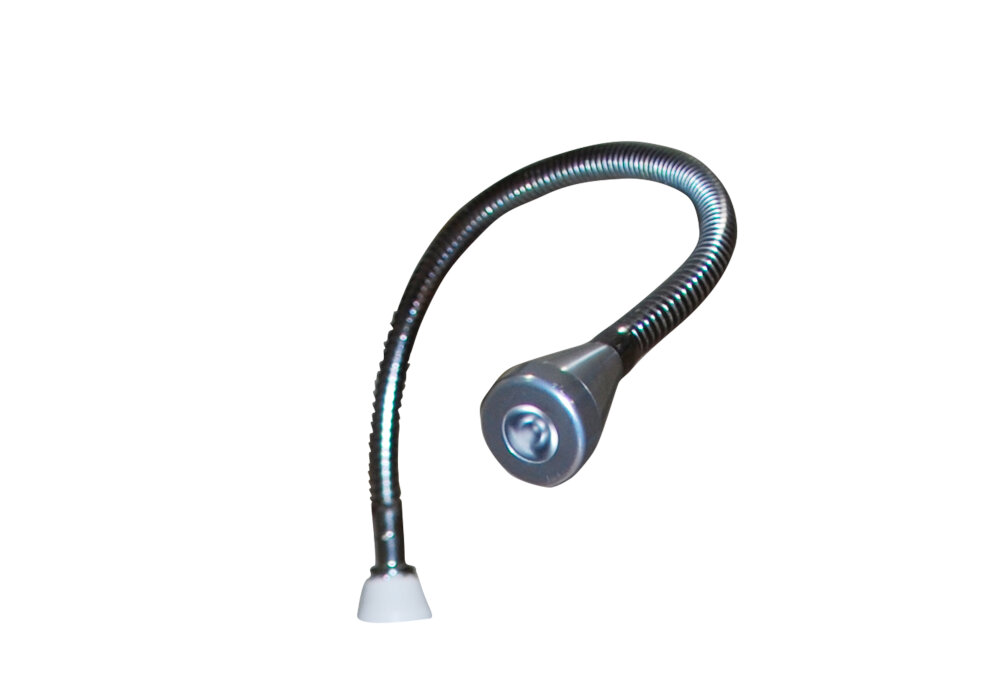
LED light bulbs have become incredibly popular in recent years thanks to their energy efficiency, longevity, and versatility. One of the main factors that make LED lights more energy-efficient than traditional incandescent bulbs is their lower wattage. But the question remains: how many watts does an LED light use? Understanding LED light wattage is essential for anyone looking to make the switch to energy-efficient lighting or looking to understand their electricity bills better. The wattage of an LED light refers to the amount of power consumed by the bulb to produce light. Unlike incandescent bulbs, which generate light by heating a filament until it glows, LED lights use a semiconductor to emit light when an electric current passes through it. As a result, LED lights require less energy to produce the same amount of light as incandescent bulbs, making them more efficient and cost-effective. In this article, we will explore LED light wattage in more detail and answer some commonly asked questions about how many watts an LED light uses.
Light Emitting Diode (LED) technology is a highly efficient lighting source that produces light through the movement of electrons. Unlike traditional incandescent bulbs, which emit light through heat, LEDs convert energy directly into light, resulting in a much lower wattage requirement for the same amount of brightness. This is because LEDs have a higher luminous efficacy, meaning more light is produced per watt of electricity used. Additionally, LEDs have a longer lifespan and are more durable than traditional bulbs, making them a popular choice for both residential and commercial lighting applications. With advancements in technology, LED lighting has become more affordable and accessible, paving the way for a brighter and more energy-efficient future.
Understanding LED wattage usage is crucial for anyone who wants to save energy and money on electricity bills. LED lights are more energy efficient than traditional incandescent lights, and their wattage usage varies depending on the bulb’s brightness and color temperature. By knowing the wattage usage of LED lights, individuals can choose the right bulb for their needs and ensure they are not wasting energy. Moreover, understanding LED wattage usage helps people to compare different LED bulbs and make informed decisions when purchasing them. It is essential to note that LED lights with higher wattages have higher brightness levels, but they also consume more electricity. Therefore, understanding LED wattage usage is essential for anyone who wants to save money while maintaining adequate lighting in their home or office.
What Does LED Wattage Mean?
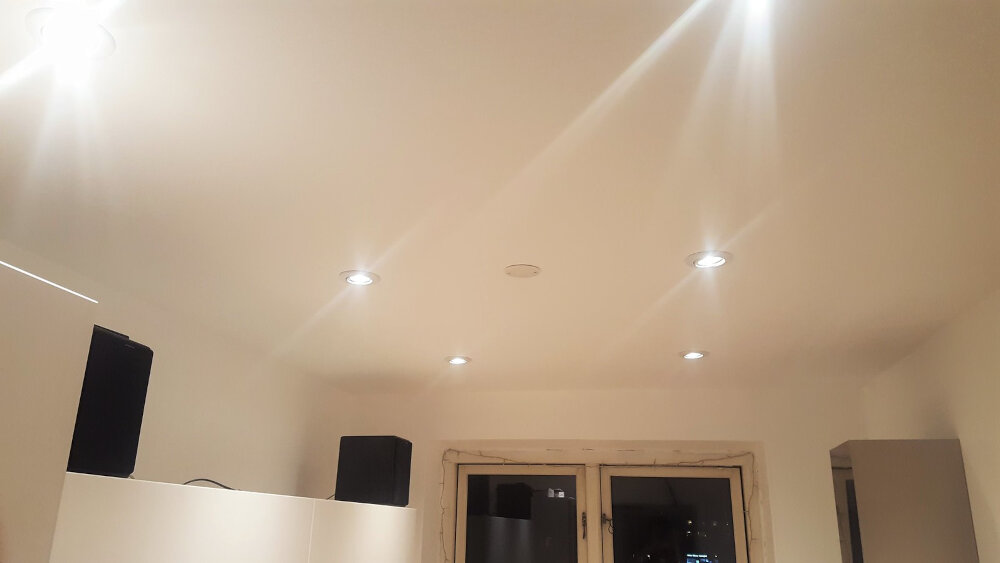
When it comes to lighting, wattage has long been a familiar term. It’s a measure of how much power a light source uses, and it’s often used to indicate its brightness. However, with the advent of LED lighting, wattage has become a bit more complicated. Unlike traditional incandescent bulbs, LED lights use much less power to produce the same amount of light. As a result, measuring the wattage of an LED light isn’t a straightforward indication of its brightness. Instead, the wattage of an LED light refers to the amount of power it uses, rather than the amount of light it produces. So, what does LED wattage actually mean? In simple terms, it’s a measure of how much electricity an LED light needs to operate. The higher the wattage, the more power the light will use, which will result in higher electricity bills. However, it’s important to note that LED lights are much more energy-efficient than traditional light bulbs, so even if an LED light has a high wattage, it will still use less power and cost less to operate than an incandescent bulb with the same wattage. Additionally, LED lights are available in a wide range of wattages, so you can choose the one that best suits your needs and budget.
Wattage is a unit of measurement that refers to the amount of power consumed by an electrical device or appliance. It is used to determine the energy efficiency of a device, and it is calculated by multiplying the voltage by the amperage. In the context of LED lights, wattage is an important factor to consider when choosing the appropriate bulb for a particular application. LED lights are known for their energy efficiency, and they typically use less power than traditional incandescent bulbs. The wattage of an LED light can vary depending on the brightness and color temperature of the bulb, and it is important to choose the appropriate wattage to ensure optimal performance and energy savings.
Wattage is a measure of the amount of power consumed by an electrical device. In the case of LED lighting, wattage refers to the amount of power that the LED light uses to illuminate a space. LED lights are known for their energy efficiency, which means that they use significantly less power than traditional incandescent bulbs. This is due to the fact that LED lights convert almost all of the energy they consume into light, rather than heat. As a result, LED lights require fewer watts to produce the same amount of light as incandescent bulbs. The wattage of an LED light can vary depending on the type of LED, the size of the light, and the intended use of the light. Generally, LED lights use between 2 and 20 watts of power, making them a highly efficient lighting option for both residential and commercial applications.
LED lighting is becoming increasingly popular due to their energy efficiency, long lifespan, and cost-effectiveness. When compared to traditional incandescent lighting, LED wattage use is significantly lower. In fact, an LED light bulb can use up to 80% less energy than an incandescent bulb of the same brightness. A 60-watt incandescent bulb can be replaced by an LED bulb that uses only 8 to 12 watts, which means that it uses almost 85% less electricity. This significant difference in energy consumption makes LED lighting a more environmentally friendly and cost-effective option for lighting up homes and businesses. Additionally, LED bulbs also emit less heat, making them safer and more comfortable to use for extended periods.
Factors Affecting LED Wattage Usage
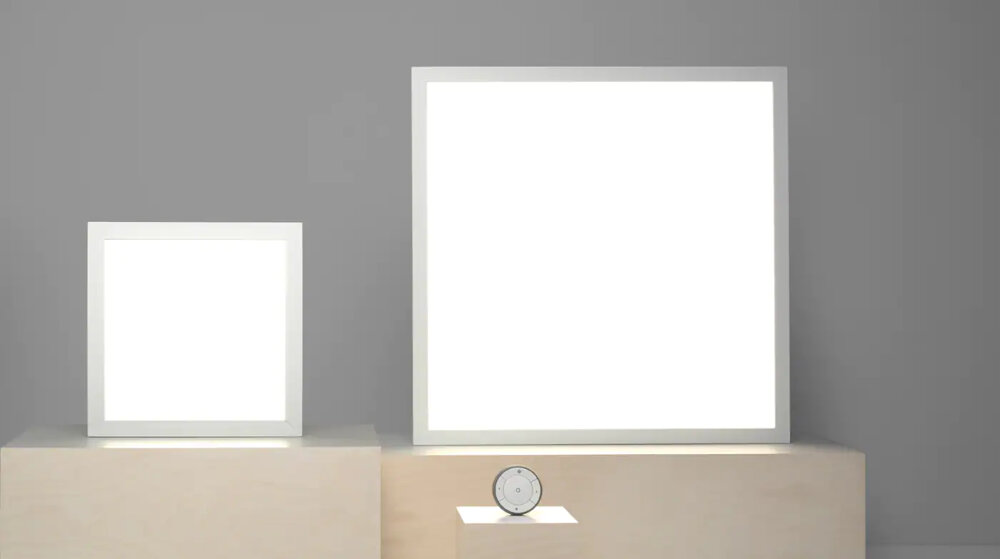
LED lights are a popular choice for homeowners and businesses alike due to their energy efficiency and long lifespan. LED lights use a fraction of the energy of traditional incandescent bulbs, which saves money on electricity bills and reduces carbon emissions. However, the wattage usage of LED lights can still vary based on several factors. One of the main factors affecting LED wattage usage is the brightness of the light. The brighter the light, the more wattage it will use. This is why it’s important to choose the right brightness level for your needs, as a light that is too bright will use unnecessary energy and cost more to operate. Another factor that can affect LED wattage usage is the color temperature of the light. LED lights come in a range of color temperatures, from warm white to cool white. The color temperature you choose can impact how much energy the light uses. For example, a warm white LED light uses less energy than a cool white LED light. Additionally, the size and design of the LED light can also impact its wattage usage. LED lights that are larger or have more bulbs will typically use more wattage than smaller, more compact lights. It’s important to consider these factors when choosing LED lights for your home or business to ensure you’re getting the most energy-efficient lighting option possible.
LED bulbs are designed to be energy-efficient and long-lasting compared to traditional incandescent bulbs. They use a fraction of the wattage of incandescent bulbs, making them a popular choice for those looking to save on their electricity bills. LED bulbs come in a variety of designs, including standard bulbs, floodlights, and spotlights, making them suitable for a range of applications. They also come in different color temperatures, from warm white to cool white, which can impact the ambiance of a room. Additionally, LED bulbs are available in dimmable versions, allowing for greater control over the lighting in a space. Overall, LED bulbs offer a versatile and economical lighting option for both residential and commercial use.
Color temperature and brightness are two important factors to consider when choosing LED lights. Color temperature refers to the perceived warmth or coolness of the light, measured in Kelvin. A lower Kelvin value (around 2700K) produces a warm, yellowish light similar to traditional incandescent bulbs, while a higher Kelvin value (around 5000K) produces a cool, bluish light similar to daylight. Brightness, on the other hand, refers to the amount of light emitted by the bulb, measured in lumens. The higher the lumens, the brighter the light. When choosing LED lights, it’s important to consider both color temperature and brightness to ensure that you get the right amount and type of light for your needs.
Dimming capabilities refer to the ability of an LED light to adjust its brightness level according to the user’s needs. Dimmable LED lights are a great way to save energy, reduce electricity bills, and create a comfortable ambiance in any space. By using a dimmer switch, you can lower the wattage output of an LED bulb, which not only saves energy but also extends the life of the bulb. Additionally, dimming capabilities allow you to create different moods and atmospheres in a room, from bright and energetic to soft and relaxing. It is important to note that not all LED lights are dimmable, so it is necessary to check the product specifications before making a purchase.
Operating temperature is an essential factor to consider when choosing an LED light. It refers to the temperature range in which the LED can reliably function without any damage or performance issues. The LED’s lifespan and efficiency can be significantly affected by temperature fluctuations. In general, LED lights perform best when the operating temperature is between -20°C to 45°C. However, some high-end LEDs can withstand extreme temperatures ranging from -40°C to 85°C. It’s crucial to choose an LED light with an appropriate operating temperature range for your intended application to ensure optimal performance and longevity.
How to Choose the Right LED Wattage
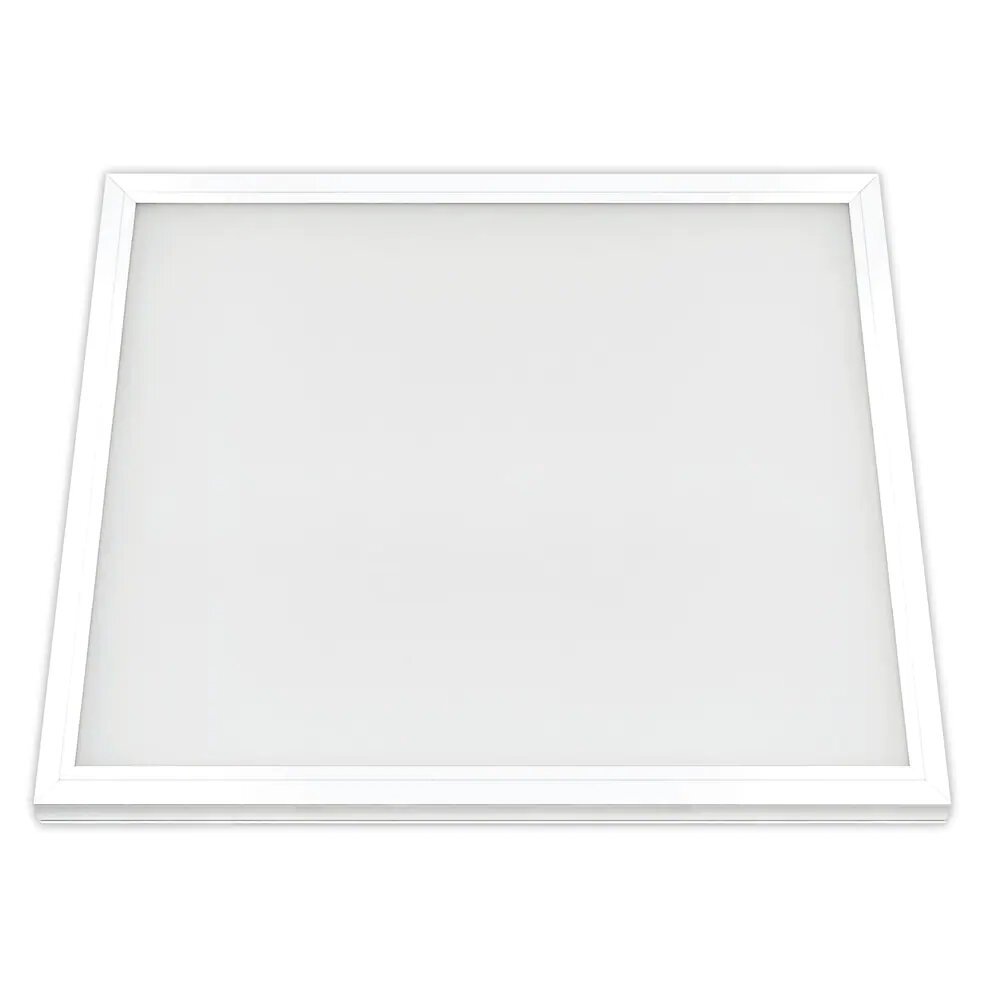
When it comes to choosing the right LED wattage, there are several factors to consider. One of the most important factors is the size of the room or area you want to light up. The larger the room or area, the higher the wattage you will need. It’s also important to consider the purpose of the lighting. If you’re looking to create a bright and well-lit environment, you’ll need higher wattage bulbs, whereas if you’re looking for more ambient lighting, lower wattage bulbs will suffice. Additionally, the type of lighting fixture you’re using can also affect the wattage you need. For example, a recessed lighting fixture may require a lower wattage bulb than a pendant light. Another important factor to consider when choosing the right LED wattage is the color temperature of the bulb. The color temperature refers to the warmth or coolness of the light emitted by the bulb. A lower color temperature, usually between 2700K and 3000K, will emit a warm, yellowish light that is ideal for creating a cozy and inviting atmosphere. On the other hand, a higher color temperature, usually between 4000K and 5000K, will emit a cooler, bluish light that is ideal for task-oriented environments such as offices and workspaces. It’s important to choose a color temperature that matches the purpose of the lighting and the overall design aesthetic of the room. By taking these factors into consideration, you can choose the right LED wattage for your specific lighting needs.
Determining lighting needs and preferences is a crucial step when choosing the right LED light wattage for your space. It involves considering the purpose of the room, the activities that will take place, and the desired ambiance. For example, a workspace or kitchen may require bright, cool-toned lighting to enhance productivity and visibility, while a bedroom or living room may benefit from warmer, dimmable lighting for a cozy and relaxing atmosphere. Additionally, personal preferences such as color temperature, color rendering index, and bulb shape should also be taken into account. By carefully evaluating your lighting needs and preferences, you can ensure that you select the appropriate LED light wattage to optimize both functionality and aesthetics in your space.
Understanding lumens and brightness is crucial when it comes to choosing the right LED light for your needs. Lumens are the measurement of light output, and it is the amount of light that a bulb emits. The higher the lumens, the brighter the light. However, it is essential to note that lumens do not directly correlate with wattage. Wattage is the amount of energy that a bulb uses, while lumens are the amount of light that the bulb produces. Therefore, it is crucial to pay attention to both lumens and wattage when selecting an LED light to ensure that you get the right balance between brightness and energy efficiency.
When it comes to LED light wattage, there are several factors that can affect how many watts an LED light uses. One of the main factors is the brightness of the LED, which is measured in lumens. The higher the lumens, the more watts the LED light will use. Another factor is the color temperature of the LED, which can also affect the wattage usage. LED lights with a higher color temperature tend to use more watts than those with a lower color temperature. Additionally, the size and type of the LED can impact the wattage usage. Larger LED lights typically use more watts than smaller ones, and certain types of LEDs, such as dimmable LEDs, may use more watts when they are dimmed.
LED lighting has become increasingly popular in recent years due to its energy efficiency and long lifespan. When evaluating the cost savings of using LED lighting, it is important to consider several factors. First, LED lights use significantly less wattage than traditional incandescent bulbs, which can result in significant energy cost savings over time. Additionally, LED lights have a much longer lifespan than traditional bulbs, which means that they need to be replaced less frequently, resulting in additional cost savings. Finally, LED lights are highly customizable, allowing users to adjust the brightness and color temperature to their preferences, further enhancing their value and cost savings potential. Overall, LED lighting offers a cost-effective and energy-efficient lighting solution for a wide range of applications.
In summary, the wattage of an LED light is a measure of its power consumption and not necessarily an indicator of its brightness. LED lights are typically more energy-efficient than traditional incandescent bulbs, using significantly fewer watts to produce the same amount of light. When choosing an LED light, it’s essential to consider the lumens or brightness output rather than the wattage. Additionally, LED lights come in various wattages, from 1 watt to 100 watts or more, making it crucial to select the appropriate wattage for your intended use. Understanding the wattage of LED lights ensures you get the right amount of light for your needs while also saving energy and money in the long run.
When choosing lighting options, it is essential to consider LED wattage. LED lights are energy-efficient and consume less power than traditional lights. LED wattage determines the amount of electricity the light uses to produce a specific level of brightness. A higher wattage LED light will produce more lumens, which is a measure of light output. It is crucial to select the appropriate wattage of LED lights for the intended use. For example, a low wattage LED light may be suitable for a small room or accent lighting, while a higher wattage LED light may be required for larger rooms or outdoor lighting. By choosing the right wattage, you can not only save on energy costs but also ensure that your lighting needs are met adequately.
Switching to LED lighting is an excellent way to reduce energy consumption and save money on electricity bills. LED lights use significantly less energy than traditional incandescent bulbs, making them much more efficient. Additionally, LED bulbs have a much longer lifespan, meaning that they need to be replaced far less frequently than incandescent bulbs. This not only saves money on replacement costs but also reduces waste. LED bulbs are also available in a wide range of colors and styles, making it easy to find the perfect lighting solution for any space. By making the switch to LED lighting, individuals and businesses can enjoy the benefits of energy efficiency and cost savings while also reducing their environmental impact.
Conclusion
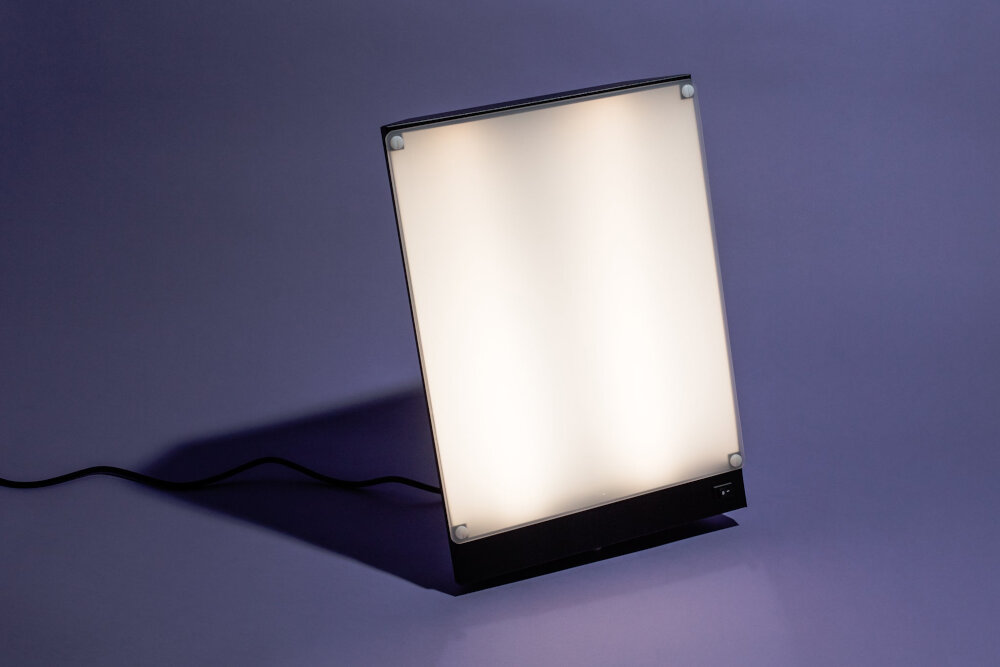
In conclusion, understanding LED light wattage is crucial when it comes to selecting the right lighting for your space. LED lights are more energy-efficient than traditional incandescent bulbs, and their wattage doesn’t necessarily correlate with their brightness. Instead, factors such as lumens and color temperature play a role in determining a LED light’s overall performance. It’s important to consider factors such as the size of the room, the desired level of brightness, and the color temperature when choosing LED lights. By doing so, you can ensure that you’re getting the most out of your LED lights while saving energy and money in the long run.


